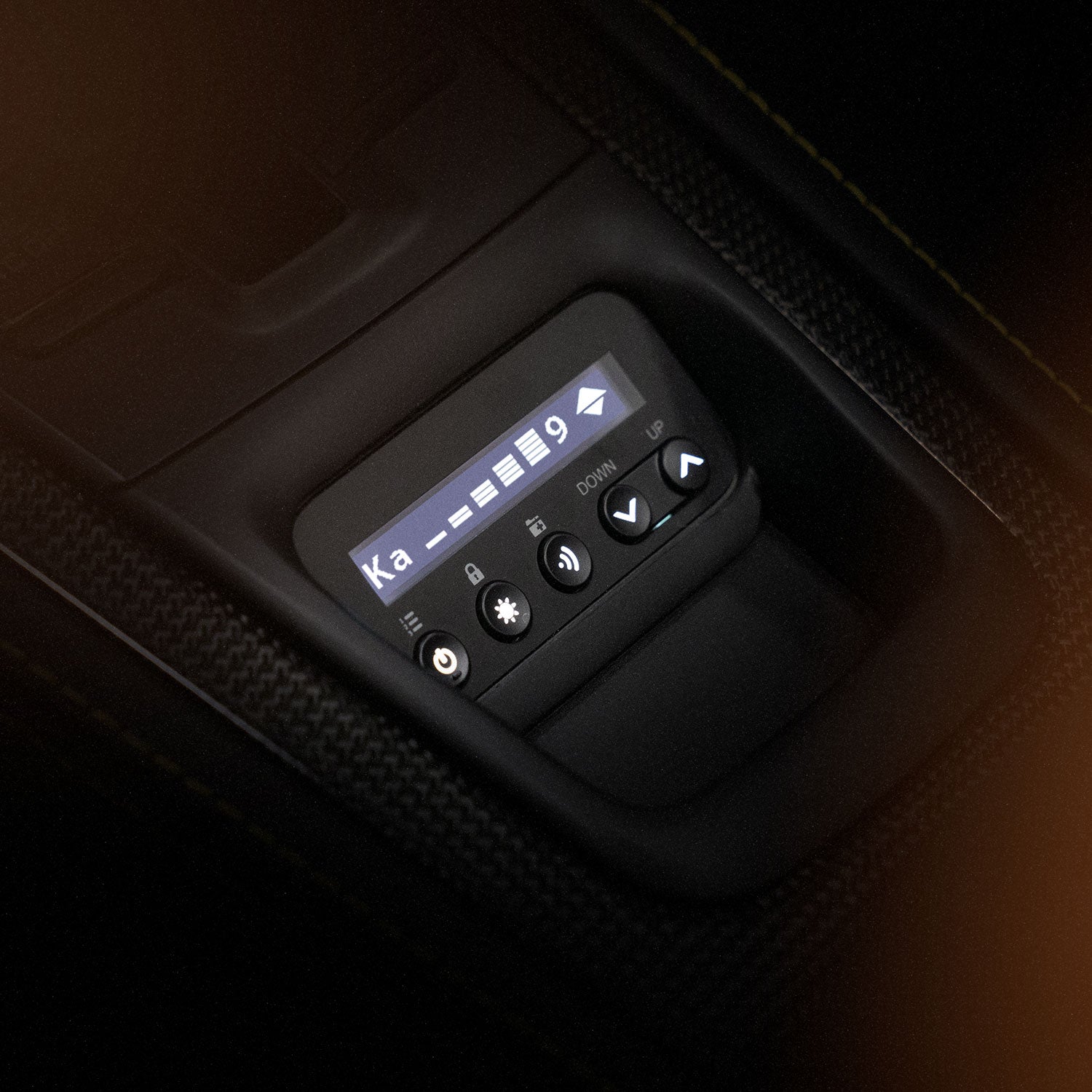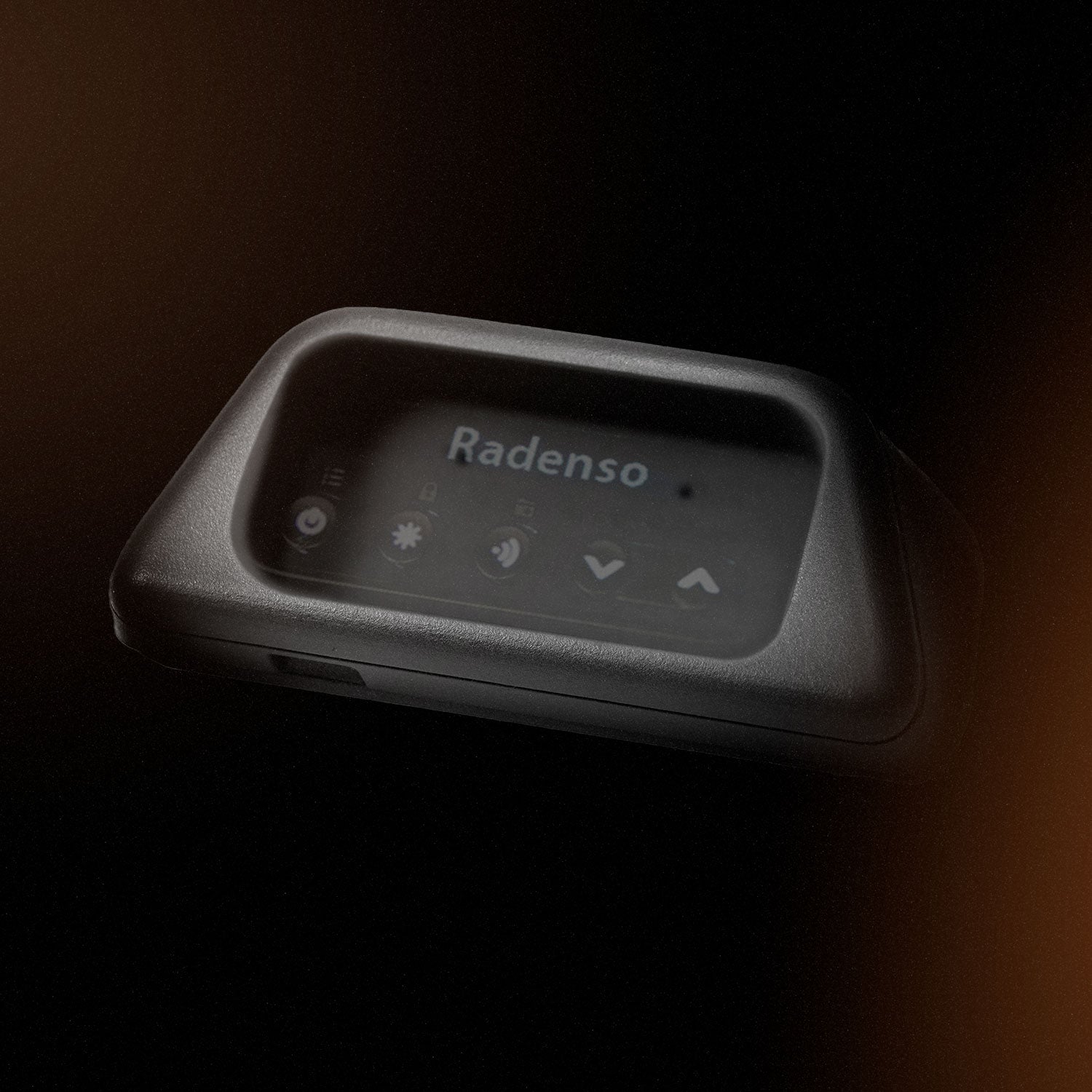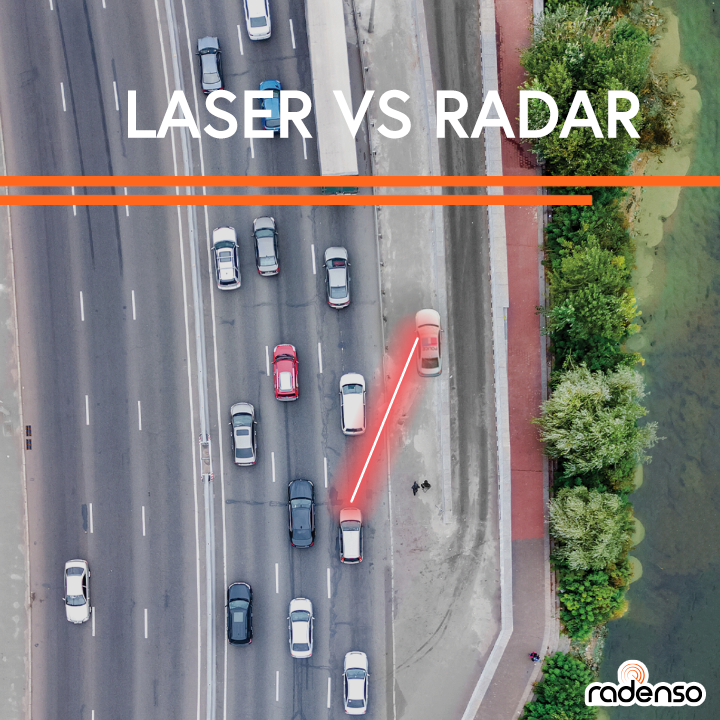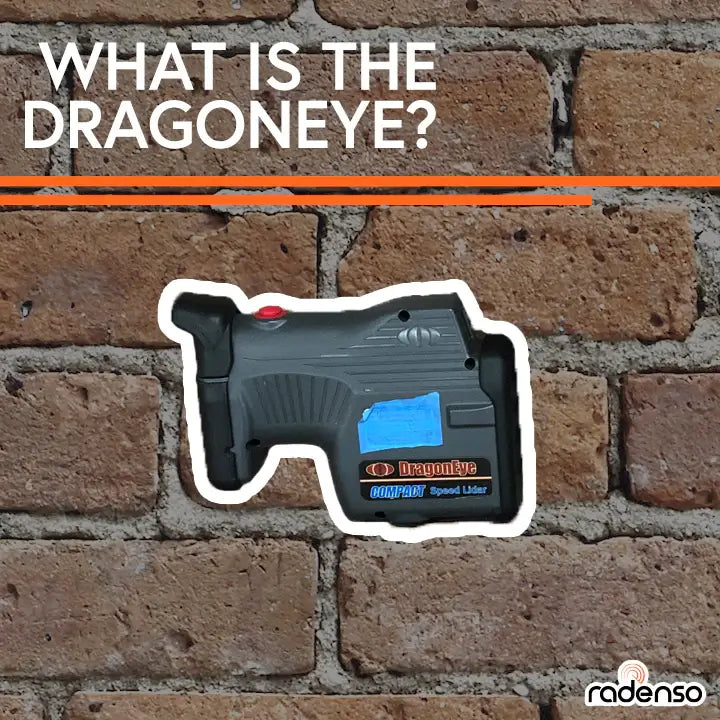What is MRCD or MultaRadar CD?

Speed enforcement radar has remained the same in the United States for a very long time. X, K, and KA band have been around for decades with few significant changes and little reason for police agencies to upgrade to other radar-based systems. When a new enforcement technology was needed, most officers traded in their radar guns for new laser (or LIDAR) guns, which offered pinpoint accuracy and were harder to detect by radar detectors. For the most part, if you owned a top-tier radar detector from any brand you could consider yourself protected against all radar threats.
Until now.
Having been in use overseas for several years, MultaRadar is a brand-new threat to drivers across North America. A different type of technology that does not operate at just one frequency like old police radar guns do, the vast majority of existing radar detectors simply cannot detect MultaRadar.
Where is MRCD being used?
While used extensively all over Canada, MultaRadar is newer to the USA. Currently, MultaRadar is in use in Virginia, Washington D.C., Texas, New York, and Illinois. The adoption rate of MultaRadar continues to accelerate, with several more states currently conducting trials.
What does MultaRadar look like?
MRCD is being used in many forms. New red light cameras with the latest technology in the United States are beginning to appear that use MultaRadar. Here are photos from New York City showing the new technology.

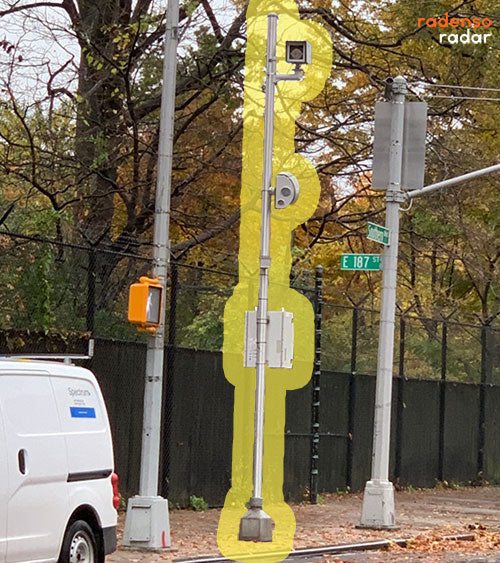
In Canada, the police hide the large MultaRadar photo radar systems in the rear of pickup trucks to completely conceal the units. In this example below, the system is in the rear of a Ford truck to the right. Police have the unit pointed towards the rear facing out of the tinted glass of the truck cap.

What makes MultaRadar hard to detect?
To understand what makes MultaRadar different, it helps to first know how standard police radar works. Traditionally, radar used by police officers operates at a fixed frequency that does not change. For example, a K band radar gun would operate at 24.150ghz and never vary from that. This is what we call “Continuous Wave” radar. Since continuous wave radar operates the same way all the time, radar detectors know exactly what type of radar pattern to look for. This is why radar detectors can pick up police radar from such a long distance!
Instead of operating on only one frequency, MultaRadar is what we call “frequency modulated radar.” While that sounds complicated, it’s just a fancy way of saying that MultaRadar constantly changes the frequency which it operates on. For example, MultaRadar might constantly sweep up and down from 23.8 GHz - 24.3 GHz. This is confusing to most radar detectors, and if they are not designed with MultaRadar in mind from the ground up they will not be able to detect it.
If you are still having trouble visualizing the difference between continuous wave and modulated radar, you’re not alone – it can be a tricky thing to understand! One easy way to get a clearer picture is to visualize a piano keyboard. Continuous wave radar is like someone choosing a single key on the keyboard and pressing it over and over again. MultaRadar works the opposite – it is as if someone is starting at the top of the keyboard and sweeping their hand up and down the entire keyboard, pressing every single key as they slide back and forth.
Did they invent this just to beat radar detectors?
Despite obsoleting almost every radar detector sold in the last decade, MultaRadar was not invented purely to force radar detector users to upgrade. Modulated radar has one critical advantage over continuous wave radar which has led to its use not just in law enforcement, but in safety systems for automobiles as well – it is capable of determining distance in addition to speed.
Modern vehicles come with an incredible array of systems designed to make the driver safety, including blind spot monitoring (BSM), radar cruise control (RCC), collision avoidance, and park distance control. Most of these systems use modulated radar because it allows the car to know exactly how far away it is from an object, as opposed to simply knowing that an object is present nearby. Knowing exact distance is crucial for the proper functioning of these safety systems.
What’s the difference between MRCD and MRCT?
There are two types of MultaRadar that are commercially used in speed enforcement – MultaRadar CD (MRCD) and MultaRadar CT (MRCT). Some detectors, like our Radenso Pro M, are smart enough to detect both and identify the difference between them. From a practical standpoint the technologies are very similar with no real difference to the end user. MultaRadar CD is what most older cameras are based on, while MultaRadar CT is simply a newer variant.
Should I buy an MRCD radar detector?
If you are in the market for a new premium radar detector, it makes sense to have MultaRadar as a “must have” on your feature list. There is often little or no real price premium for MultaRadar capable detectors, and if you are spending $400+ on a new detector you want it to be as future proof as possible.

What MultaRadar settings should I set my Radenso Pro M and/or Radenso RC M if I live in a city with MultaRadar?
We recommend using MRCD - Narrow, MRCT - Narrow, MR Filter - High.


